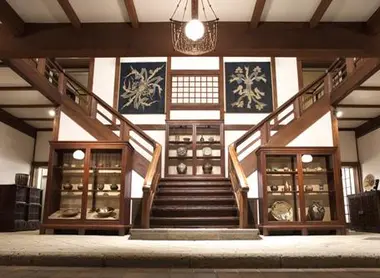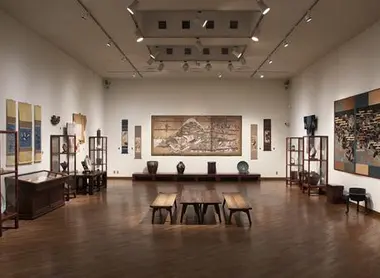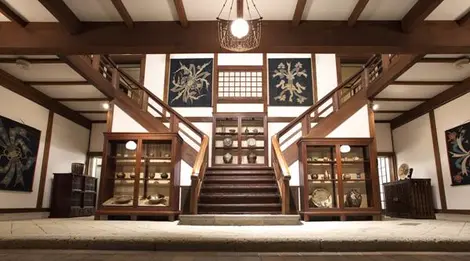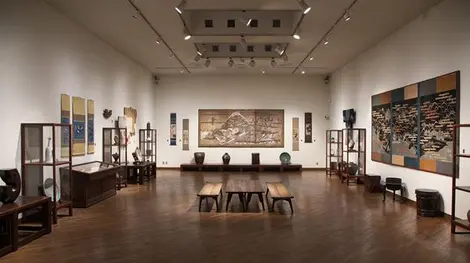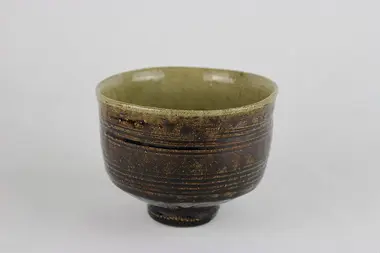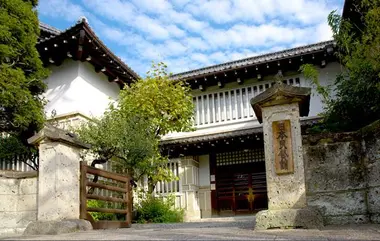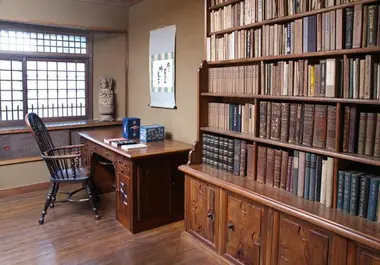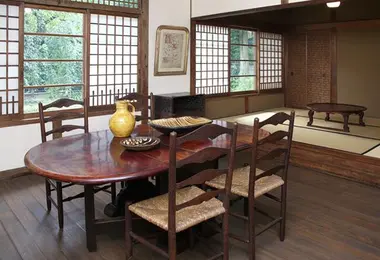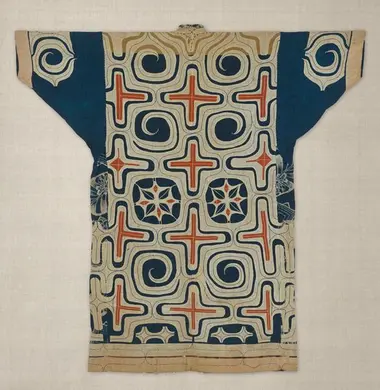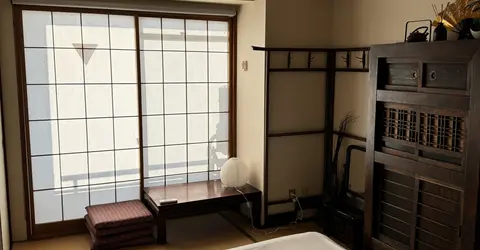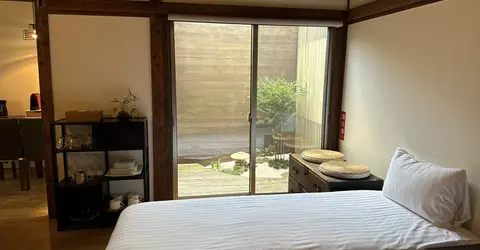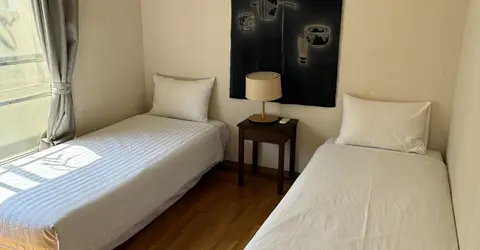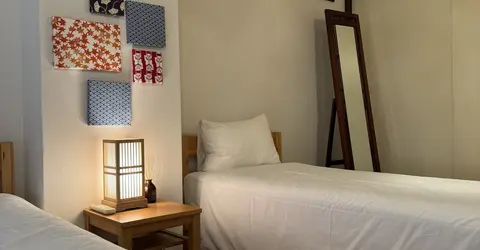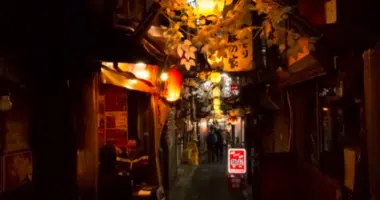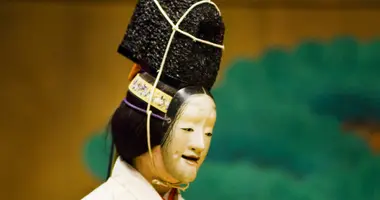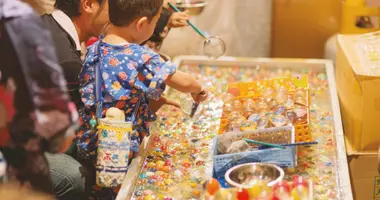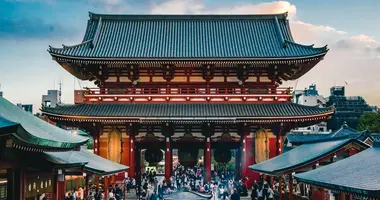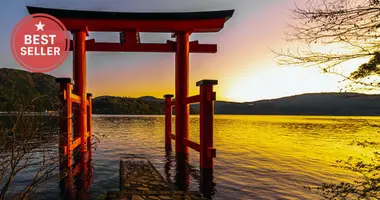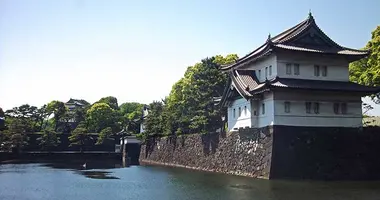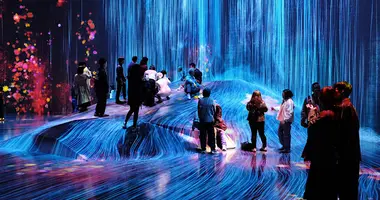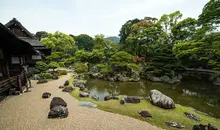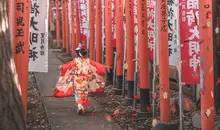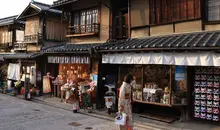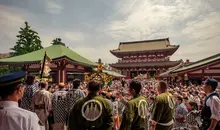The Nihon Mingei-kan in Tokyo, a museum of folk crafts 日本民芸館
- Pubblicato il : 24/04/2018
- Per : S.V.
- Youtube
Le beau dans l’utile
En 1936, dans le quartier de Meguro à Tokyo, l’écrivain,philosophe et collectionneur, Soetsu Yanagi (1889-1961) désireux de mettre enlumière la beauté des objets artisanaux du quotidien, fonde le Mingei-kan,musée de l’artisanat populaire japonais. Le maitre mot des lieux :découvrir la beauté dans l’ordinaire.
The thought of Soestu Yanagi
In the mid-1920s, the Tokyo thinker, Soetsu Yanagi, defined the mingei artistic movement, which valued popular craftsmanship from ancestral traditions. He writes about it: "It must be modest but not junk, cheap but not fragile. Dishonesty, perversity, luxury, this is what Mingei objects must avoid at the highest point: what is natural, sincere, safe, simple , such are the characteristics of Mingei". This thinker was already known for his participation in 1910, when he was still a student, in the creation of the magazine Shirabaka around which the literary movement of the same name was formed.
His taste for Korean ceramics then led him to the paths of folk crafts in 1924, actively helping to create a folk art museum in Korea. In 1925, in collaboration with the ceramists Kanjiro Kawai and Shoji Hamada, he created the term " mingei " from the words minshû (people) and kogei (craft) ; the mingei was born.
To read: The house of Kanjiro Kawai
One man's project
As early as 1926, Yanagi put forward the idea of creating a museum to promote mingei works . He then begins a collection of objects across the archipelago, guided by a specific objective: the search for "beautiful things". In this quest, he is interested in the unvarnished and unadorned beauty of handicrafts made by ordinary craftsmen, common men. According to the precept he theorized, he admires the beauty of everyday ordinary and utilitarian objects . Yanagi's involvement in the museum project is total. He designs the main building; from exteriors to interiors.
Made of wood and Oya stone (magmatic rock from Tochigi prefecture), it has been registered as a Tangible Cultural Property of Japan since 1999. Faithful to its precepts, Yanagi strives to use artisanal techniques and materials in Japanese-style building. Next to it, Yanagi's residence is open to visitors , you can discover his office with its library, a music room dedicated to his wife, the dining room mixing Western style and traditional Japanese style.
See also: Kanazawa Traditional Crafts Museum
From all over the archipelago
Among the 17,000 works in the museum, which has been open since 1936 , are ceramics, textile works, glass, iron, woven bamboo, paintings, lacquers, wooden sculptures from the Heian period (794-1185) to the contemporary period; works collected throughout the country. The museum also highlights particular crafts of the archipelago such as folk art from Okinawa . Intricately woven costumes and carvings testify to the richness and diversity of the Ainu culture . In addition, it has an impressive collection of works by Kanjiro Kawai (potter), Bernard Leach (English ceramist), Shōji Hamada (ceramist), Shikō Munakata (painter), Keisuke Serizawa (textile craftsman); key figures in the mingei movement. The Nihon Mingei-kan, the perfect harmony of the beautiful in the useful.
Indirizzo - orario - accesso
Indirizzo
Phone
+81 (0)3-3467-4527Orario
Komaba Todai-mae Station (West Exit) on the Keio Inokashira LinePrezzo
Adult: 1100 yen (8€30) - Child: 200 yen (1€50)Accesso
Open 10 a.m. to 5 p.m. - Closed MondaysWebsite
http://www.mingeikan.or.jp/english/
